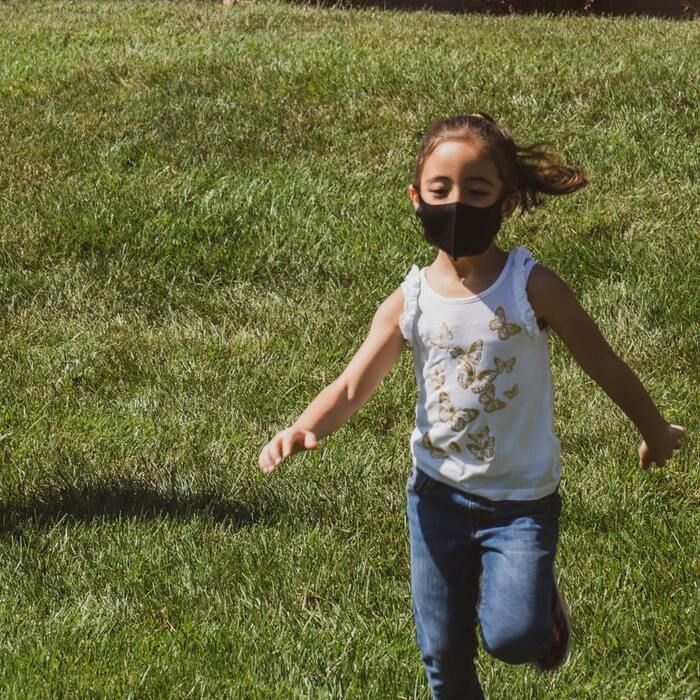Article
Study Reports on Factors Linked to Severe MIS-C Outcomes
Author(s):
Nearly 60% of children with MIS-C are admitted to the hospital for intensive care.

A new retrospective surveillance study has described factors likely associated with severe outcomes of multisystem inflammatory syndrome in children (MIS-C), a rare but severe hyperinflammatory condition that follows SARS-CoV-2 infection.
Children who go on to develop this newly identified syndrome present with a variety of clinical manifestations, but nearly 60% of them are admitted for intensive care. Mortality has occurred in roughly 2% of admitted patients.
“Understanding factors associated with more severe outcomes of patients with MIS-C might inform prognosis and early treatment decisions,” wrote the study investigators.
A team from the US Centers for Disease Control and Prevention (CDC), led by Joseph Abrams, PhD, evaluated all known cases reported by state and local health departments to determine which personal factors—such as demographics, obesity, clinical features, and laboratory results—might be associated with severe syndrome course.
Understanding MIS-C Severity
Between March 11-October 10, 2020, 1080 patients experienced symptoms that met the CDC’s case definition for MIS-C.
Confirmed cases were “younger than 21 years, [had] fever, laboratory evidence of inflammation, [were] admitted to hospital, [had] multisystem (≥2) organ involvement, no alternative plausible diagnosis, and either laboratory confirmation of SARS-CoV-2 infection by RT-PCR, serology, or antigen test, or known COVID-19 exposure within 4 weeks before symptom onset.”
Abrams' team then used logistic regression models, adjusted for all pre-existing factors, to estimate odds ratios (ORs) between certain characteristics and poor outcomes.
Thus, the investigators found that patients aged 6-12 years (OR, 1.9; 95% CI, 1.4-2.6) and 13-20 years (OR, 2.6; 95%, 1.8-3.8) were more likely to be admitted to the ICU — versus children aged 0-5 years.
This was similarly the case for non-Hispanic Black patients (OR, 1.6; 95% CI, 1.0–2.4) compared with non-Hispanic white patients.
ICU admission was also higher among patients with shortness of breath (OR, 1.9; 95% CI, 1.2-2.9), abdominal pain (OR, 1.7; 95% CI, 1.2-2.7), as well those with increased concentrations of C-reactive protein, troponin, ferritin, D-dimer, brain natriuretic peptide (BNP), N-terminal pro B-type BNP, or interleukin-6, or reduced platelet or lymphocyte counts.
“We found similar associations for decreased cardiac function, shock, and myocarditis,” noted the investigators.
Coronary artery abnormalities were more commonly identified in male patients (OR, 1.5; 95% CI, 1.1–2.1) than in female patients and patients with mucocutaneous lesions (OR, 2.2; 95% CI, 1.3–3.5) or conjunctival injection (OR, 2.3; 95% CI, 1.4–3.7).
Clinical Utility
Abrams and colleagues noted that such findings may prove to be useful in identifying which children admitted to the hospital are at higher risk for worse outcomes related to MIS-C.
“However, whether earlier identification and, in turn, earlier treatment, of patients at higher risk of severe outcomes leads to better outcomes is unknown,” they qualified. “Further investigation using temporal associations between laboratory markers and outcomes might help to clarify the predictive potential of the markers.”
They also indicated that their study had not accounted for potential explanatory factors for mortality—in addition to potential effects of other comorbidities on ICU admission.
Research is ongoing in this domain to help further elucidate these associations between clinical characteristics in children and severity and long-term effects of MIS-C.
The study, “Factors linked to severe outcomes in multisystem inflammatory syndrome in children (MIS-C) in the USA: a retrospective surveillance study,” was published online in The Lancet: Children and Adolescent Health.





